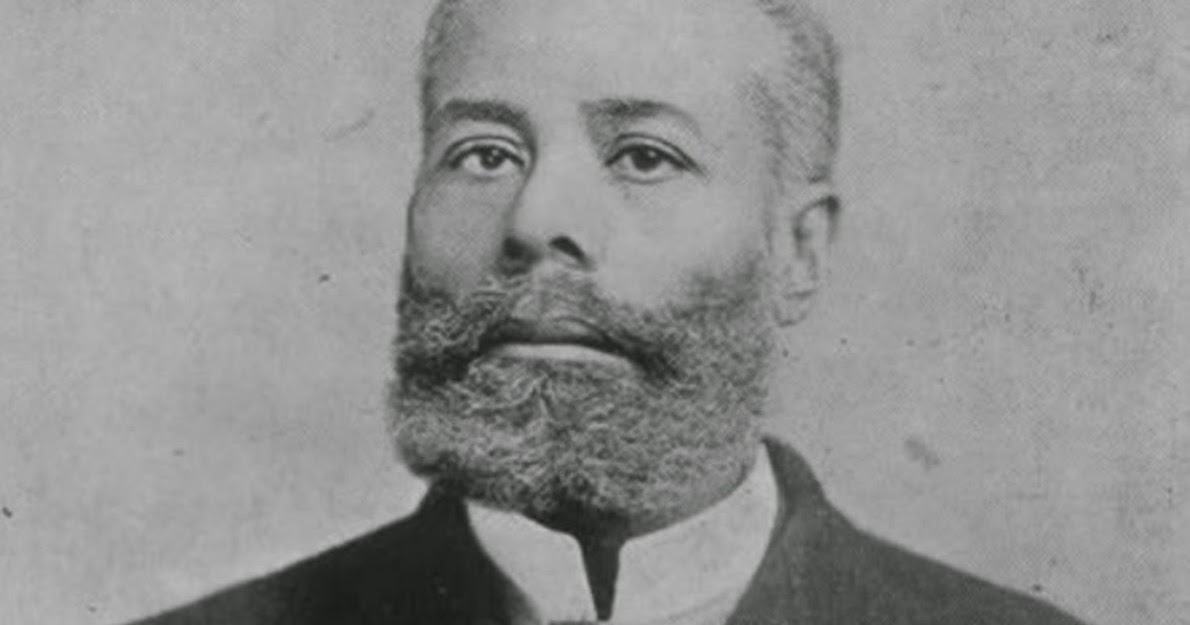Elijah McCoy, a notable name in Black History, was a Canadian-American inventor born in Colchester, Ontario, Canada, on May 2, 1844, to George and Mildred McCoy, who had fled slavery in Kentucky.
In 1847, McCoy and his family returned to the United States, settling in Ypsilanti, Michigan. McCoy studied engineering in Scotland as a youngster. Unable to work as an engineer in the United States as no company wanted to hire an engineer who was black, he began to work for a railroad and eventually invented a device that would revolutionize the railroad industry forever.
While working for Michigan Central Railroad as a fireman and oiler, McCoy identified how uneasy it was to stop trains every few miles to manually lubricate their engines because of how fast the steam locomotives were, almost to the point that they burned the lubricant quickly. In 1872, six years into his role, McCoy created the “oil-drip cup,” a tiny device that automatically lubricated steam engines while running — and changed the railroad industry.
Invention is not about creating something new, but by improving something existing
Elijah McCoy
The device caused oil to flow steadily around the train’s engine without needing to stop the train. In the same year, McCoy obtained his first copyright, “Improvement in Lubricators for Steam Engines.” Later variations of his invention were used to improve oil-drilling and mining equipment, construction, and various factory tools.
McCoy’s lubricator cup saved companies time and money wasted on frequent stoppage machines to have them manually oiled. The invention of the lubricator cup earned McCoy international recognition and created a new phrase, “Real McCoy,” meaning ‘the real thing’ to describe any instrument or process that is flawless in quality and efficiency. A theory says that railroad engineers looking to buy the original product would request it by name and inquire if an engine was assembled with “the real McCoy cup,” as there were several other imitations of McCoy’s invention.
This theory is in Elijah McCoy’s biography at the National Inventors Hall of Fame. McCoy modified his invention over the next 25 years, receiving around 26 patents between 1872 and 1891 for upgrading and changing the lubricator cup and other engineering inventions. McCoy received about 60 patents throughout his life, earning him a place in African–American history.
Elijah McCoy continued to implement new inventions while working as a consultant to engineering companies. Despite his old age, McCoy didn’t stop making revolutionary inventions. In 1916, at 72, McCoy invented a new “graphite lubricator.” The new model implemented a mix of oil and graphite, improving efficiency for the 20th-century engines and locomotives that ran even hotter than their old models.
Dream the impossible because dreams do come true.
Elijah McCoy
Although Elijah McCoy received his first patent rights in 1872, it took him about 50 years to raise funds to start his own company, as McCoy’s profits were meager. Since he lacked enough funds to produce the lubricators independently, McCoy assigned his patent rights to the railroad company where he worked. Later, he sold patents to investors to raise money. In 1920, McCoy created his own company known as the “Elijah McCoy Manufacturing Company.”
McCoy married Ann Elizabeth Stewart in 1868, who died four years later. In 1873, he married for the second time to Mary Eleanor Delaney. After sustaining injuries from a car accident seven years before the time in which his wife Mary passed away, on the 10th of October, 1929, McCoy passed away in the Eloise Infirmary in Westland, Michigan. His body was laid to rest in Detroit Memorial Park, Michigan.
In 2001, Elijah McCoy was admitted into the Hall of Fame of National Inventors in Akron, Ohio, and has a dedicated memorial in the Detroit Historical Museum. McCoy’s innovations and insights kept trains going and laid the foundations for the well-oiled machines in the present day, making him prominent in Black History.
